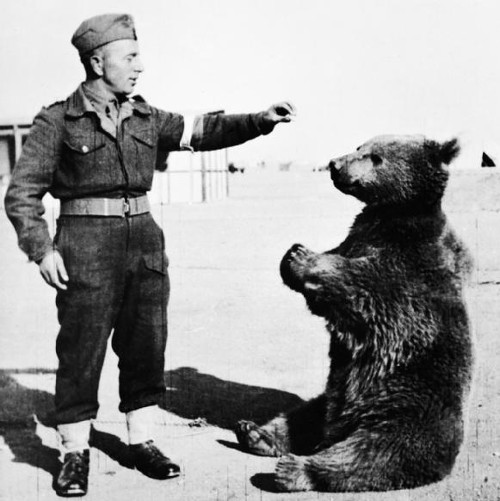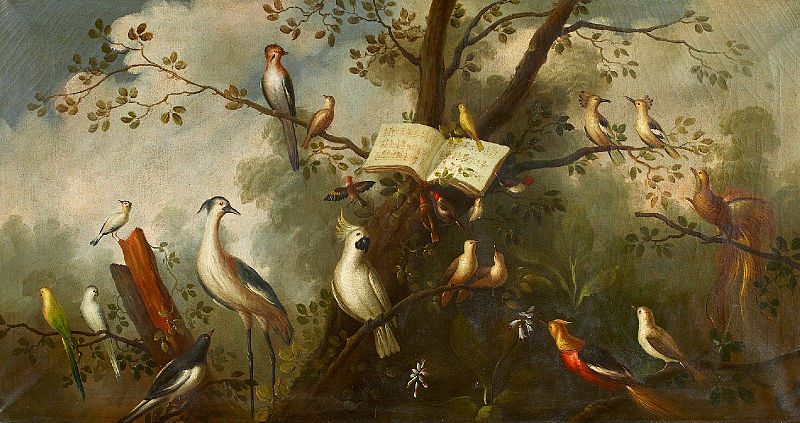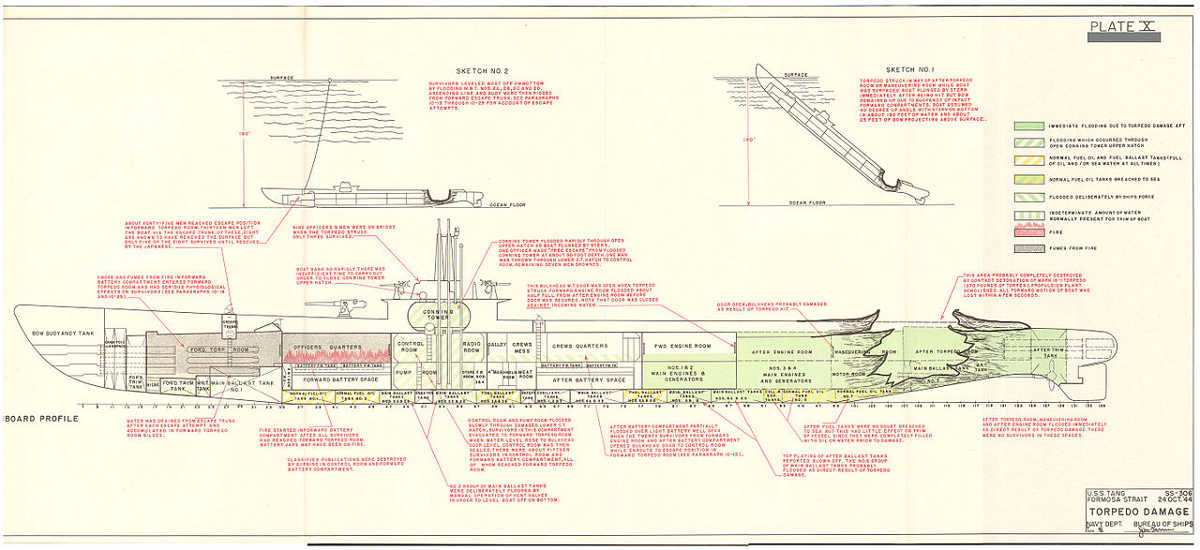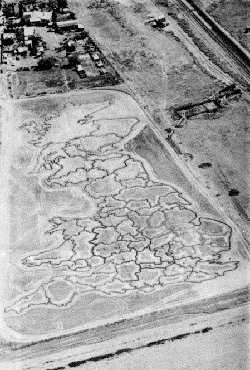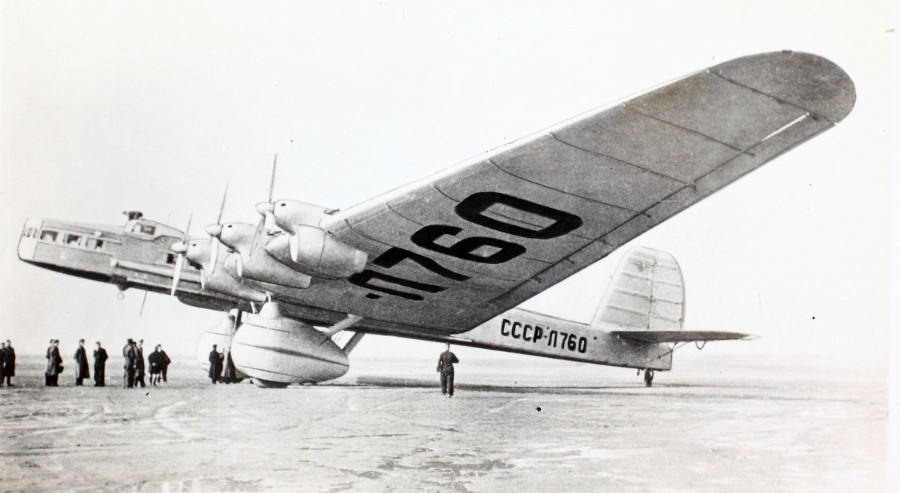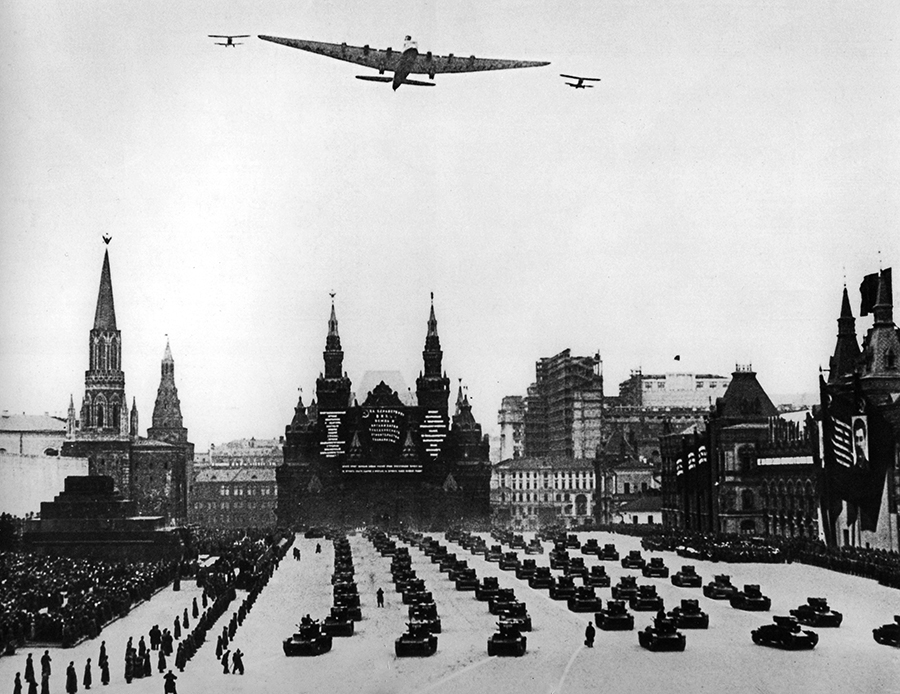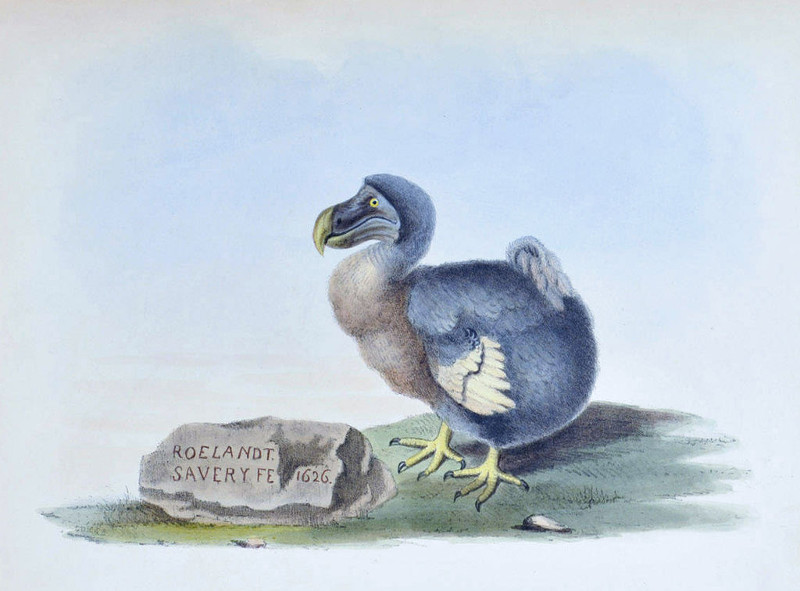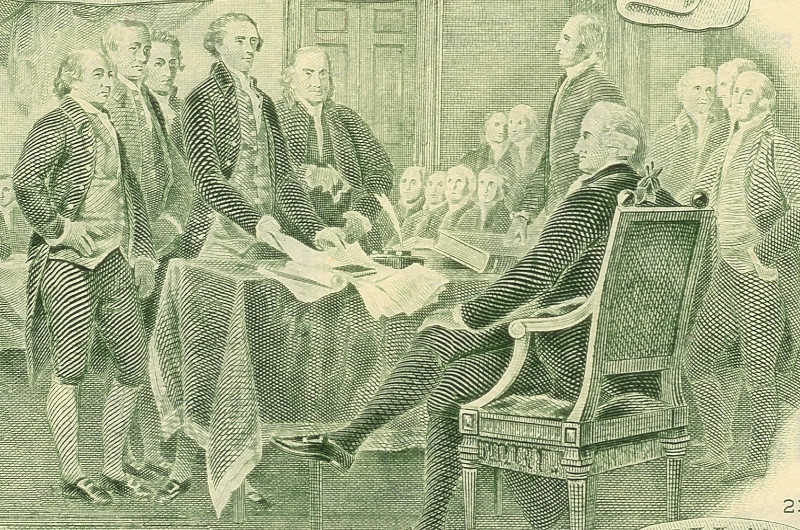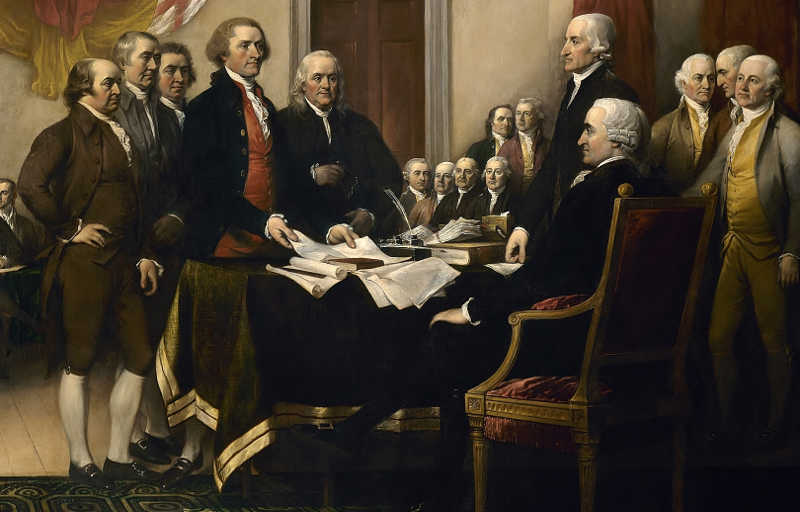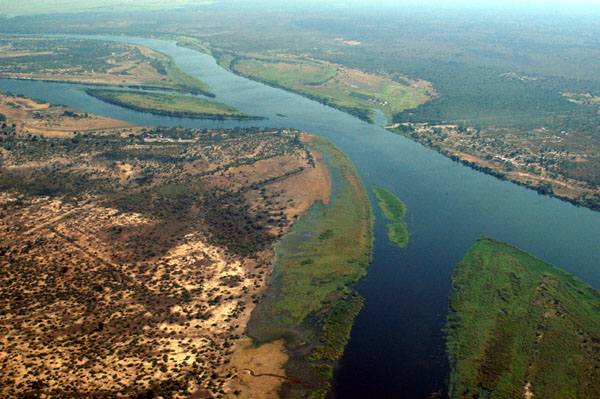
On June 15, 1936, A. Dean Lindsay of Ocilla, Ga., visited a Pittsburgh notary public and presented a claim for
[a]ll of the property known as planets, islands-of-space or other matter, henceforth to be known as ‘A.D. Lindsay’s archapellago’ [sic] located in all the region visible (by any means) upward, (or in any other direction) from the city of Ocilla, Ga, together with all planets, islands-of-space or other matter (except this world, the Moon and the planet Saturn) visible from any other planet, island-of-space or other matter.
“On a May night in 1936,” he explained later, “I was watching the full moon. It seemed so large and beautiful that I thought of it as real estate, and said to myself, ‘Nobody owns it!’ Then I decided to acquire it by original claim deed.”
He left Earth to its inhabitants but in two separate deeds claimed
All of the property in ‘A. Dean Lindsay’s archapellago’ (commonly called the sky, or heavens) known as the planet ‘Saturn’ and periodically seen from the city of Ocilla, Ga.
and
All of the property in ‘A. Dean Lindsay’s archapellago’ commonly called ‘The Moon’, a planet in the sky.
He sent the deeds and the required payment to R.K. Brown, clerk of the Superior Court in Ocilla, and accordingly on June 28 Brown recorded them in Deed Book 11, pages 28-29, at Irwin County Courthouse in Ocilla.
So that’s that. “Can you believe it?” Lindsay wrote in a letter to Ramon P. Coffman. “That I own the Moon and the Sun, the stars, the comets, meteors, asteroids — everything, everywhere beyond this world?”
Occasionally thereafter he would receive requests to purchase the moon, a constellation, or a star. He sent them all the same answer: “Henry Ford is not rich enough to buy them, so I know that you cannot.”

